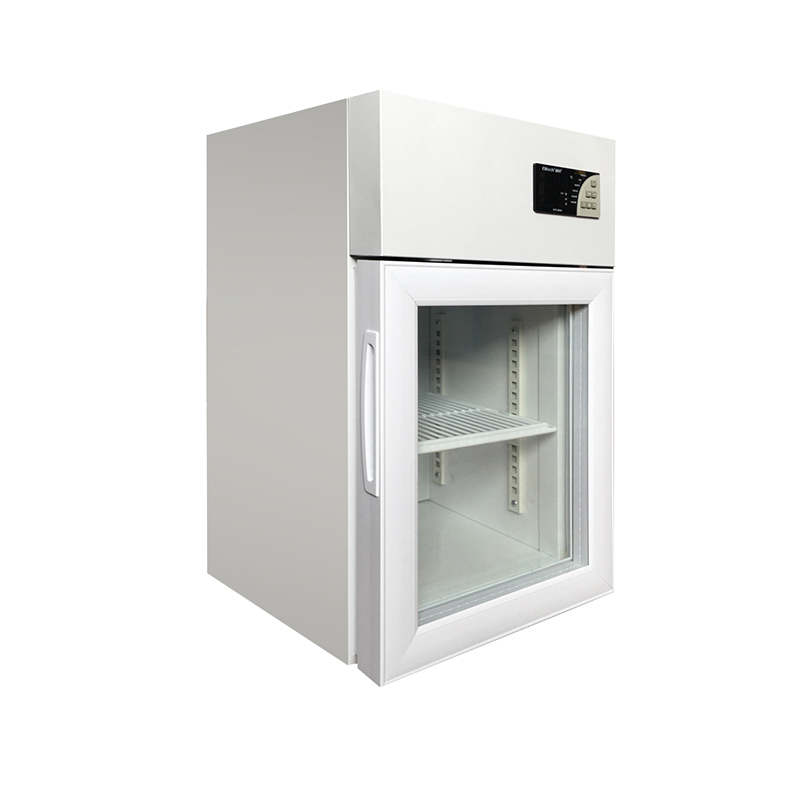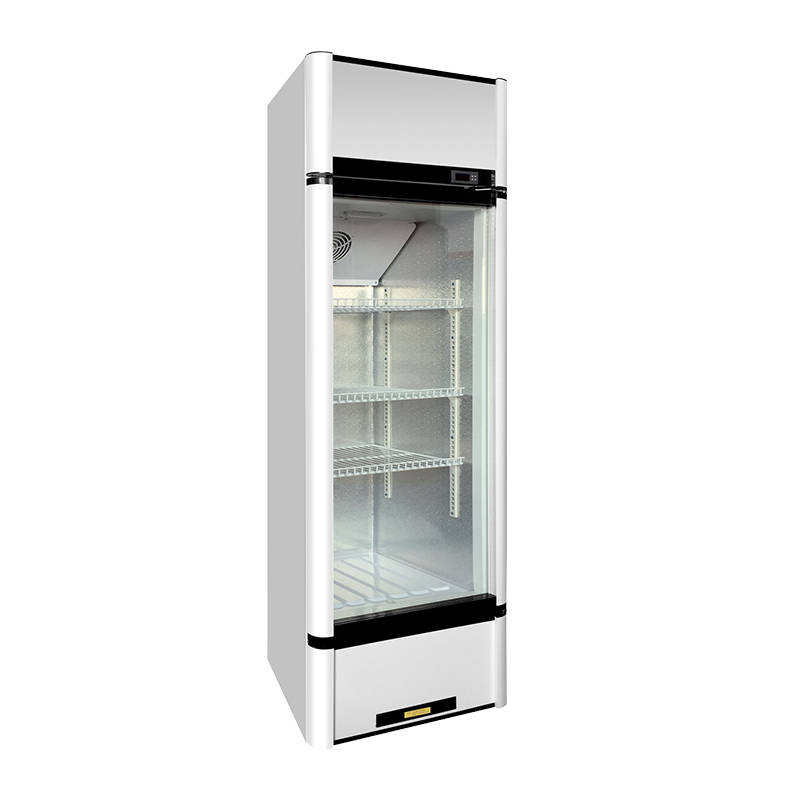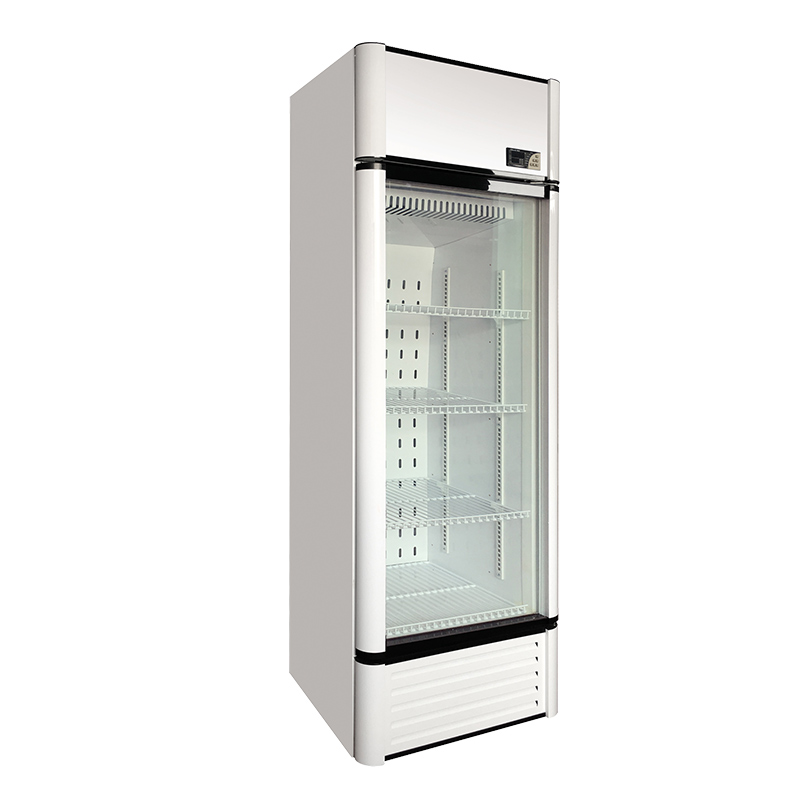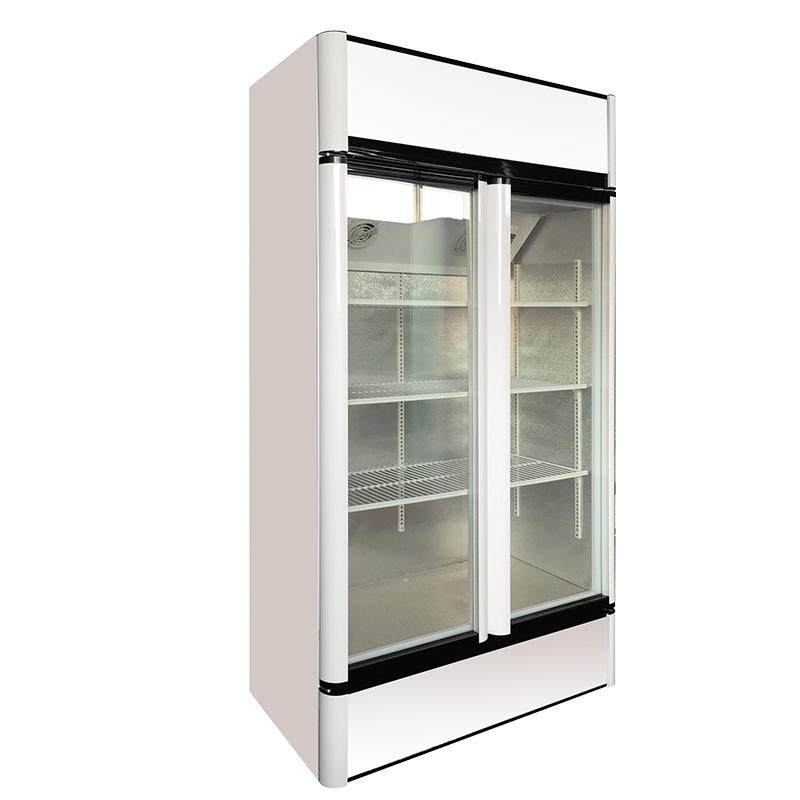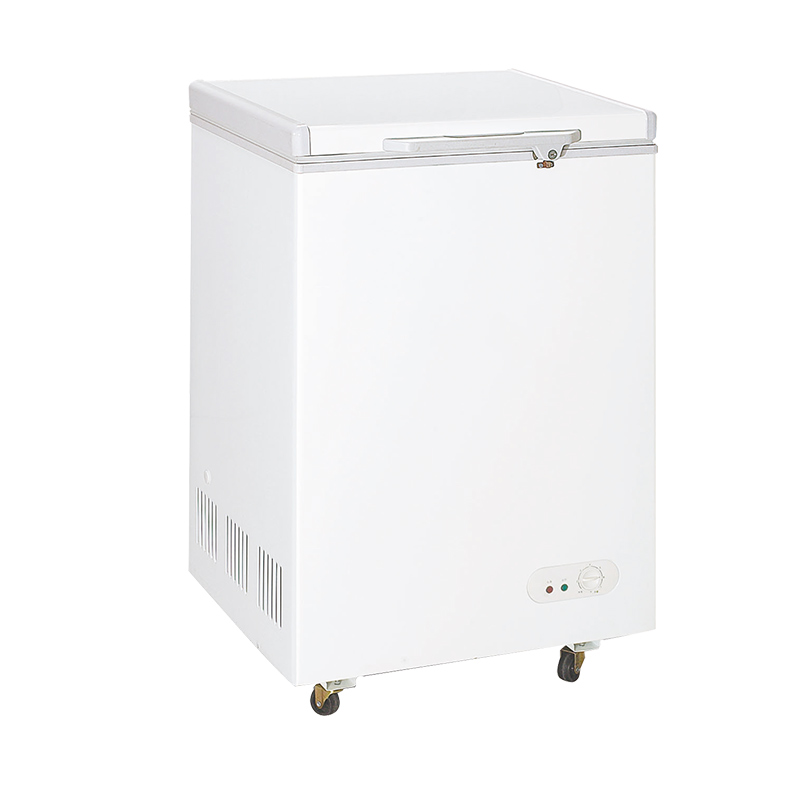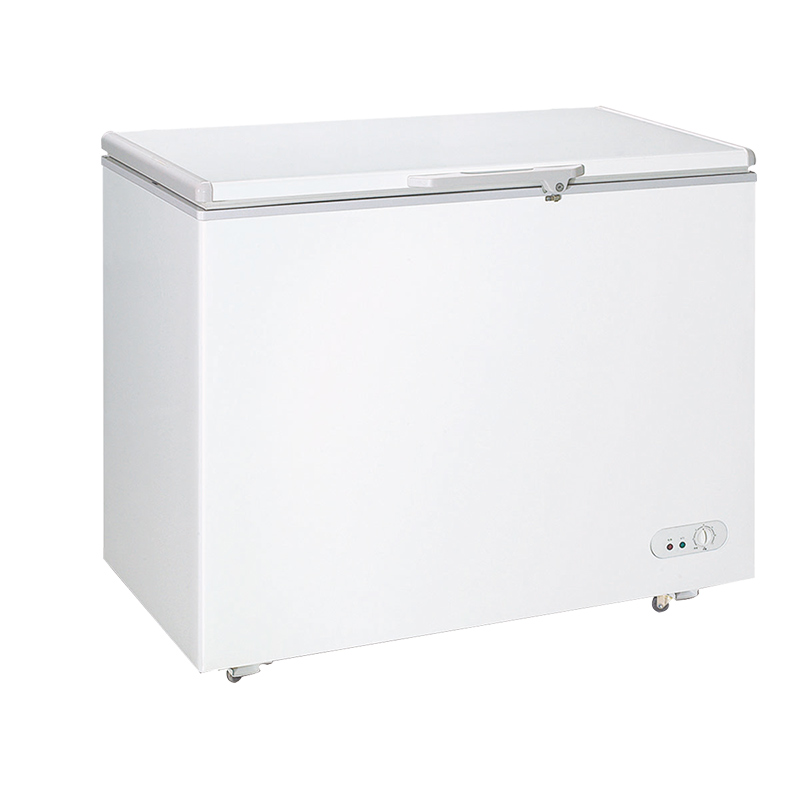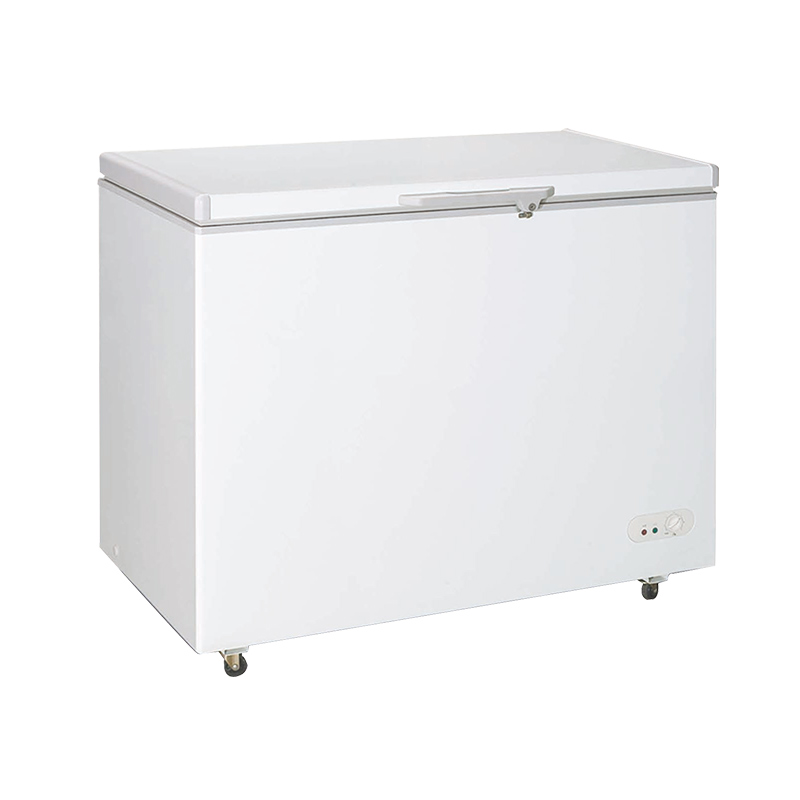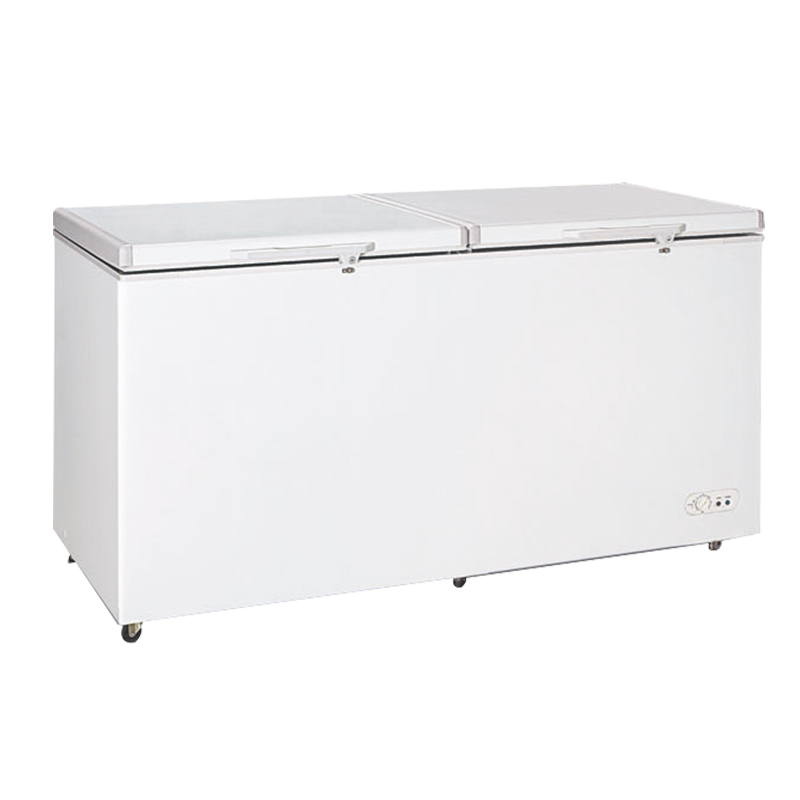The process of ideation and concept development in home appliance engineering and general contracting solutions involves generating innovative ideas, refining them into viable concepts, and selecting the most promising concepts for further development. Here's a step-by-step overview of this process:
1. Define the Problem and Objectives:
Clearly articulate the problem or challenge you aim to address with the new home appliance or general contracting solution. Identify the specific objectives and goals you want to achieve.
2. Market Research and User Needs Analysis:
Conduct thorough market research to understand consumer preferences, emerging trends, and competitive products or solutions. Additionally, gather insights from potential users to understand their needs, pain points, and preferences.
3. Brainstorming and Ideation:
Gather a cross-functional team of engineers, designers, and domain experts for brainstorming sessions. Encourage open and creative thinking to generate a wide range of ideas. Consider using techniques like mind mapping, brainstorming exercises, or design thinking workshops.
4. Idea Screening:
Evaluate and screen the generated ideas to identify those with the most potential. Consider factors like feasibility, alignment with objectives, market demand, and innovation potential.
5. Concept Development:
For selected ideas, start developing detailed concepts. This involves defining the core functionality, features, and specifications of the home appliance or general contracting solution. Create concept sketches, diagrams, and preliminary designs.
6. Prototype Creation:
Build prototypes or mockups of the selected concepts to visualize and test their functionality. Prototypes can be physical models, 3D-printed parts, or digital simulations, depending on the nature of the solution.
7. Feasibility Assessment:
Conduct a feasibility assessment to evaluate the technical, economic, and operational aspects of the concepts. Identify potential challenges and risks and develop mitigation strategies.
8. Cost Estimation:
Estimate the manufacturing and operational costs associated with each concept. This helps in assessing the economic viability of the proposed solutions.
9. User Testing and Feedback:
Test the prototypes with potential users or stakeholders to gather feedback. Understand how well the concepts meet user needs and expectations and identify areas for improvement.
10. Iterative Design:
- Based on user feedback and feasibility assessments, refine the concepts and designs. Make necessary adjustments to enhance usability, functionality, and performance.
11. Sustainability Considerations:
- Integrate sustainability principles into the concept development process, considering factors like energy efficiency, material choices, and the environmental impact of the solution.
12. Concept Selection:
- Evaluate the refined concepts and prioritize them based on a set of criteria, including market potential, technical feasibility, cost-effectiveness, and user satisfaction.
13. Business Case Development:
- Develop a comprehensive business case for the selected concept, including market analysis, financial projections, and a roadmap for development and launch.
14. Detailed Design and Engineering:
- Once a concept is chosen, proceed with detailed design and engineering, including CAD modeling, simulations, and prototyping of specific components.
15. Testing and Validation:
- Rigorously test the prototype or components to validate their performance and safety. This may involve lab testing, field trials, and regulatory compliance testing.
16. Manufacturing and Production Planning:
- Plan the manufacturing and production processes, including sourcing materials, selecting suppliers, and setting up production facilities.
17. Launch and Market Entry:
- Launch the home appliance or general contracting solution into the market, backed by marketing and sales strategies. Monitor user feedback and make continuous improvements as necessary.
18. Post-Launch Support:
- Provide ongoing customer support, maintenance, and updates to ensure the product or solution continues to meet user needs and expectations.
Throughout this process, effective communication and collaboration among cross-functional teams are critical. Regularly revisit and adapt the concepts based on feedback and changing market conditions to ensure the success of the home appliance or general contracting solution.


 English
English عربى
عربى